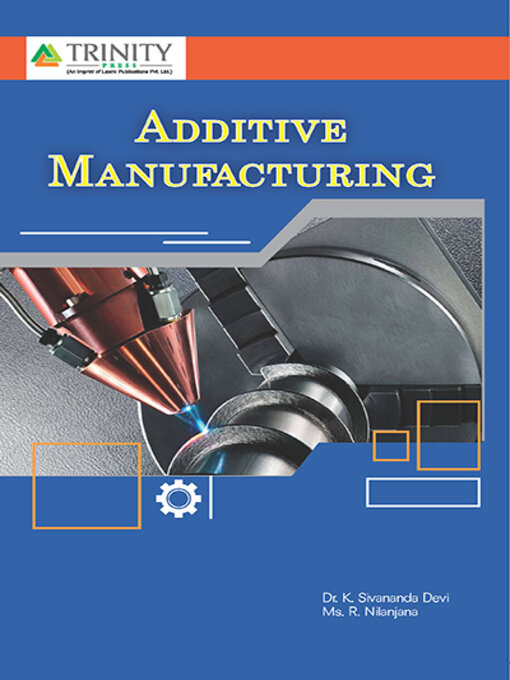This book covers each Additive Manufacturing (AM) process at a fundamental level,
down to the basic operation of the machines along with typical advantages,
disadvantages and materials used in each of the process. It also deals with the use of
AM techniques, in product development and its process with case studies given in
chapter 2, liquid based, solid based and powder based AM systems given in chapters 3
and 4. The types of materials used as build and support materials for various AM
technologies and materials particularly amenable to AM processing are listed by each
category in chapter 5. The types of tooling such as direct and indirect tooling in AM and
its differences are discussed in chapter 6. The tools used in designing the CAD model
(design tools), data formats for exchanging the 3D model to the machine, the
requirement of the CAD geometry, slicing of the CAD model etc. are elaborated in
chapter 7. Design guidelines for the objects that are to be fabricated using AM
techniques, especially using fused deposition modelling and 3D metal printing, are
dealt with in chapters 8, 9 and 10. The application of AM pertaining to the medical field
is dealt exclusively with case study in the last chapter. Where we lacked the expertise we
tried to get information from more experienced sources. This book covers not only the
Indian systems that I have worked with, but also brief segments for foreign systems, as
well as international progress in the AM arena that is picked up with some savvy Internet
surfing. This book covers the entire Anna University syllabus of 2017 regulation for the
7th Semester Mechanical Engineering. This book will also be helpful for students from
other universities, who want to learn the fundamental of AM techniques.

